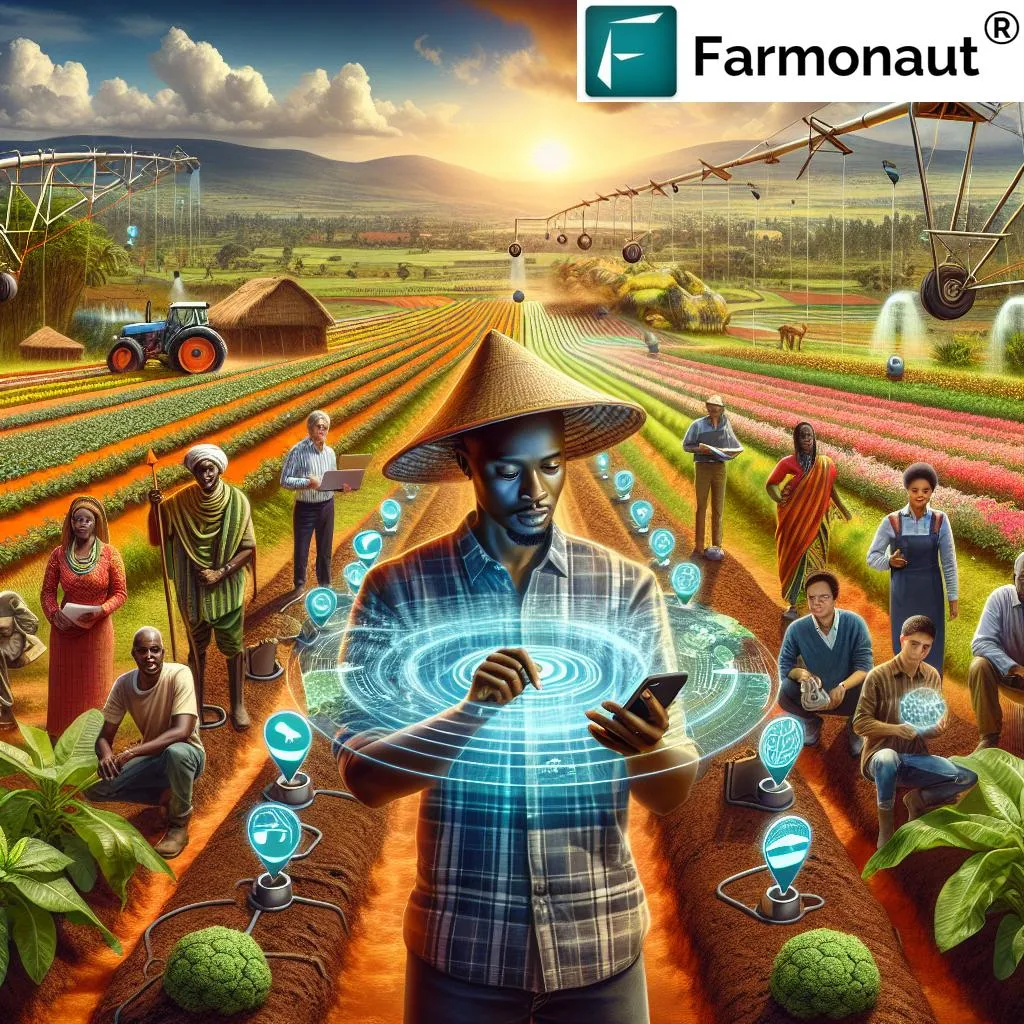In the rolling hills of the Eastern Cape Province, South Africa, a quiet revolution is taking root. Smallholder farmers, long marginalized by limited access to agricultural extension services, are finding new ways to connect with vital information thanks to the rise of Information and Communication Technologies (ICTs). A recent study published in *Frontiers in Sustainable Food Systems* sheds light on how these digital tools are transforming the agricultural landscape in the Ingquza Hill Local Municipality, offering insights that could reshape rural development and agricultural practices across the continent.
The study, led by Rendani Humphrey Khwidzhilli of the Department of Agriculture and Animal Health at the University of South Africa, reveals that a significant majority of smallholder farmers—75% of those surveyed—have embraced ICTs to access extension services. Mobile phones, in particular, have become the lifeline for these farmers, with 65.5% relying on them as their primary source of agricultural advice. Platforms like WhatsApp and Facebook have emerged as the go-to digital hubs, each used by 44.1% of the respondents to gather crucial farming insights.
“These technologies are not just tools; they are bridges,” says Khwidzhilli. “They connect farmers to a wealth of knowledge that was previously out of reach, empowering them to make informed decisions that can boost their productivity and livelihoods.”
The commercial implications of this shift are profound. By democratizing access to agricultural information, ICTs are leveling the playing field for smallholder farmers, enabling them to compete more effectively in local and regional markets. This increased access to timely advice on best practices, market trends, and weather forecasts can lead to higher yields, reduced post-harvest losses, and improved profitability. For the broader agricultural sector, this means a more resilient and productive farming community, which is crucial for food security and economic stability.
However, the study also highlights persistent challenges that could hinder the full potential of ICTs in rural agriculture. Poor internet connectivity, high data costs, and limited digital literacy are significant barriers, with 39.4% of respondents citing connectivity issues and 38.5% pointing to the expense of data as major obstacles. “While the potential is immense, we must address these challenges head-on,” Khwidzhilli emphasizes. “Investments in rural infrastructure, digital literacy programs, and partnerships between governments, private sector, and NGOs are essential to ensure that no farmer is left behind in this digital transformation.”
The findings of this study suggest a promising future for digital agriculture in rural municipalities. As ICTs continue to evolve, their integration into agricultural extension services could become even more seamless and impactful. Imagine a scenario where farmers receive real-time, location-specific advice through their mobile devices, or where drones and satellite imagery provide up-to-date information on soil health and crop conditions. These advancements could further enhance productivity and sustainability, making smallholder farming not just viable but highly competitive.
For policymakers and agricultural stakeholders, the message is clear: embracing and investing in digital technologies is no longer optional—it’s imperative. By doing so, they can unlock the full potential of smallholder farmers, drive rural development, and contribute to a more sustainable and food-secure future. The revolution in Ingquza Hill is just the beginning, and the ripple effects could be felt far beyond its borders.

